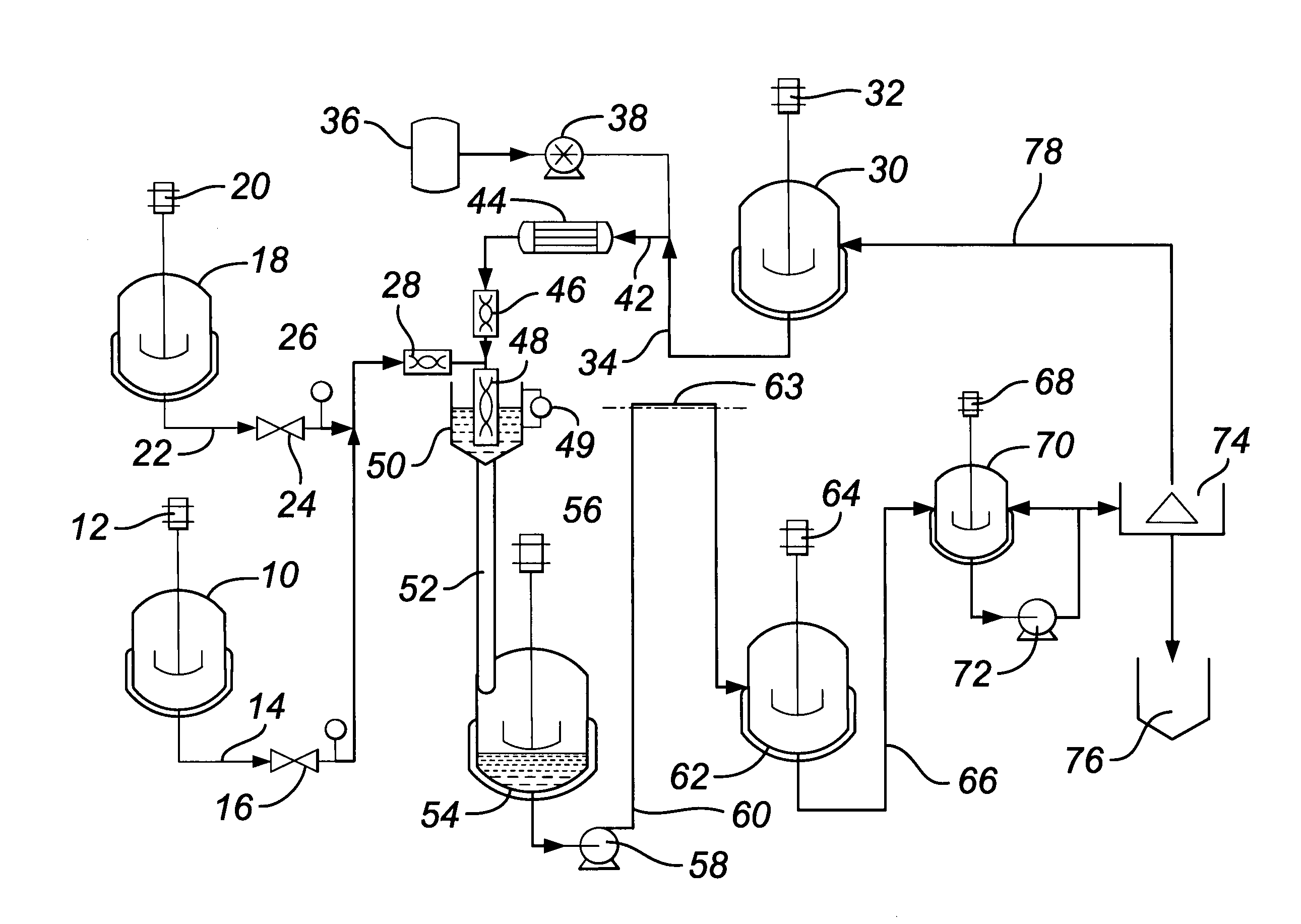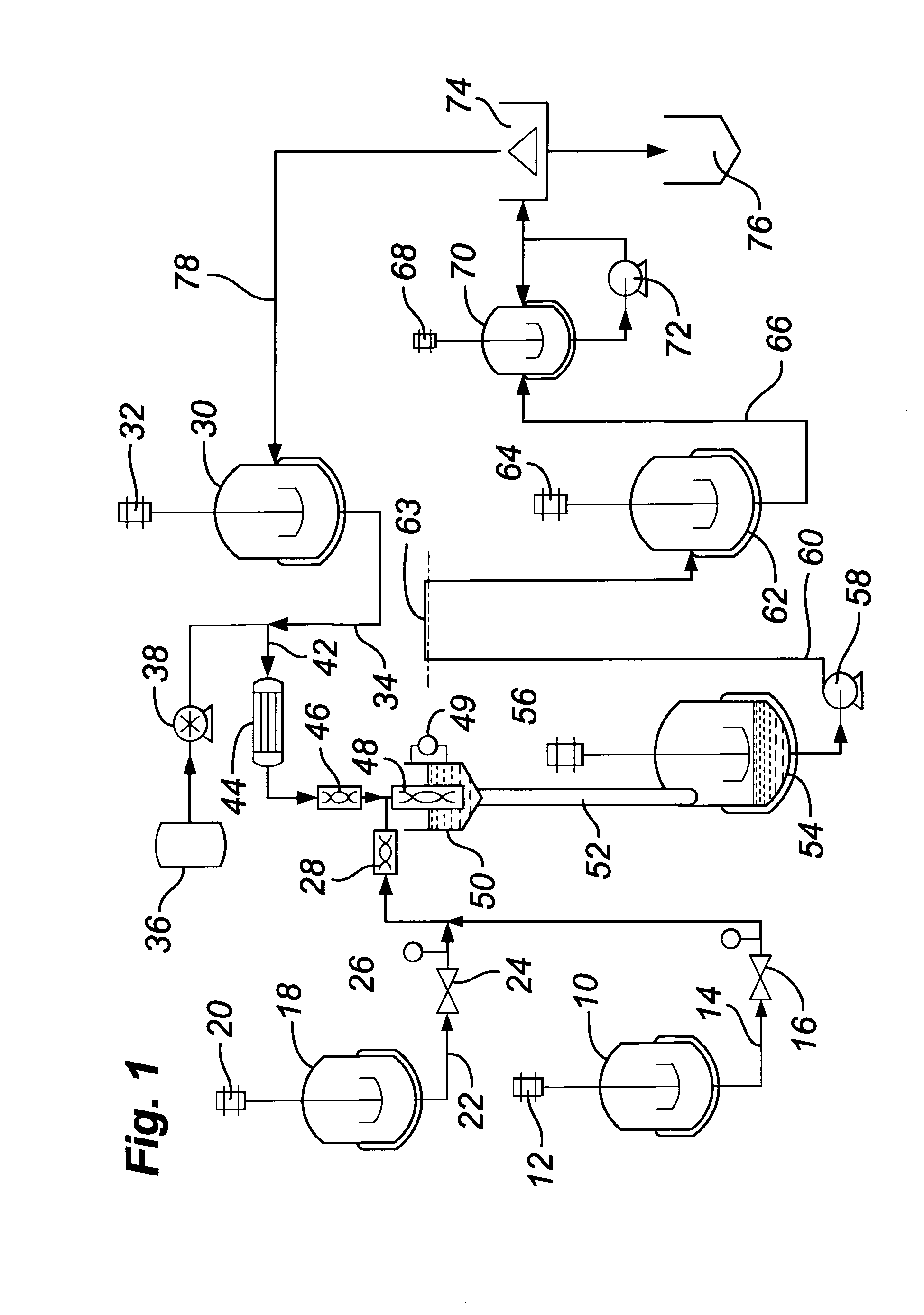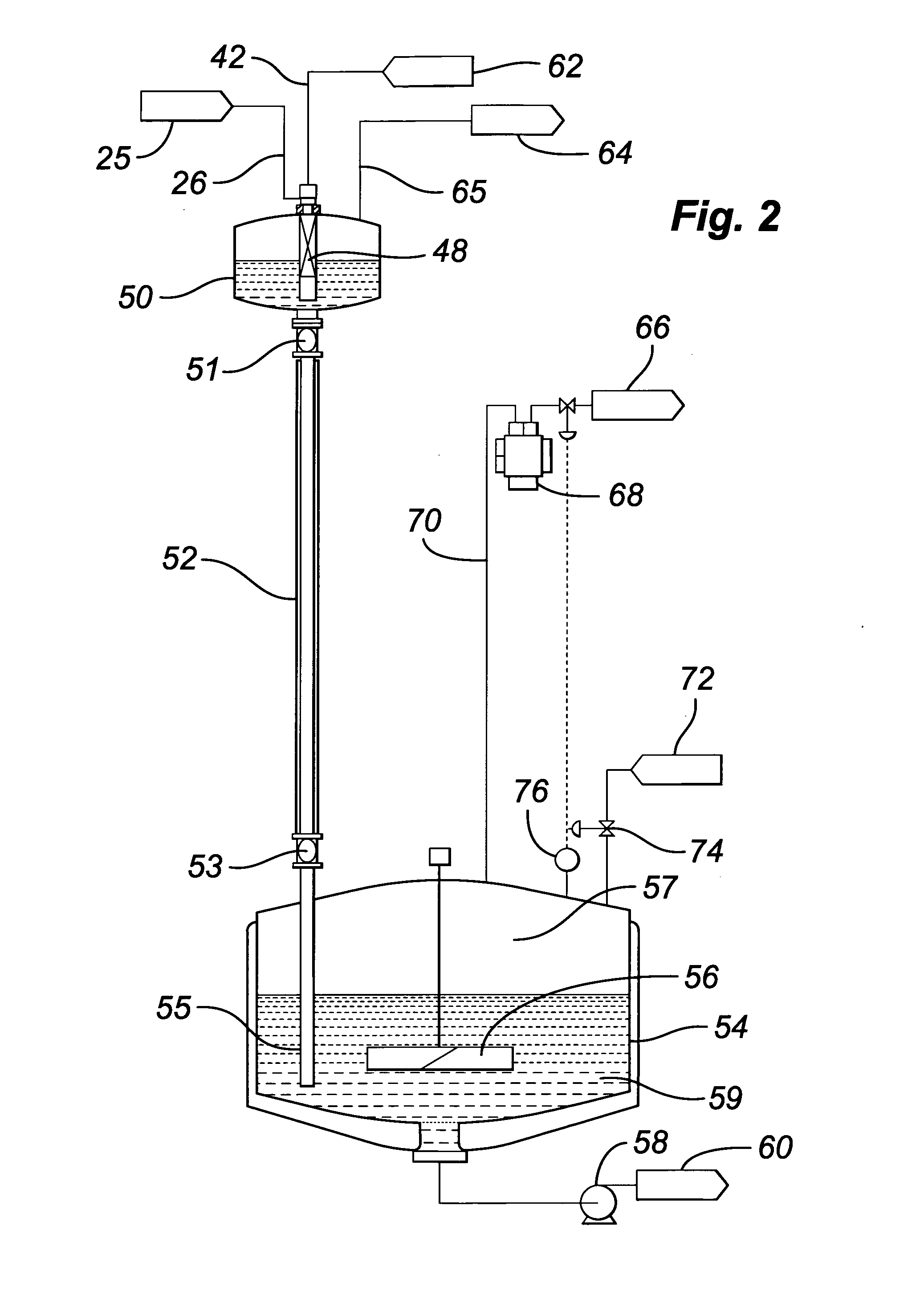Carbonising and/or Activating Carbonaceous Material
a carbonaceous material, carbonising technology, applied in the direction of silicates, lighting and heating apparatus, furnaces, etc., can solve the problems of difficult to achieve larger beads, high probability of mixers being blocked by accumulation of polymer,
- Summary
- Abstract
- Description
- Claims
- Application Information
AI Technical Summary
Benefits of technology
Problems solved by technology
Method used
Image
Examples
Embodiment Construction
[0031]As used herein, the term “microporous” refers to a carbon or other material possessing pores with diameter <2 nm, as measured by nitrogen adsorption and mercury porosimetry methods and as defined by IUPAC.
[0032]As used herein, the term “mesoporous” refers to a carbon or other material possessing alongside micropores, pores with diameter from ca. 2 nm to ca. 50 nm, as measured by nitrogen adsorption and mercury porosimetry methods and as defined by IUPAC.
[0033]As used herein, the term “macroporous” refers to a carbon or other material possessing alongside micropores pores with diameters larger than 50 nm, as measured by nitrogen adsorption and mercury porosimetry methods and as defined by IUPAC.
[0034]Embodiments of the invention relate to the formation of cured resin beads from liquid precursors that become polymerizable by combination and mixing of first and second component streams to give a combined stream that after dispersion in liquid suspension medium at or close to the ...
PUM
| Property | Measurement | Unit |
|---|---|---|
| volume average size | aaaaa | aaaaa |
| temperature | aaaaa | aaaaa |
| temperature | aaaaa | aaaaa |
Abstract
Description
Claims
Application Information
 Login to View More
Login to View More - R&D
- Intellectual Property
- Life Sciences
- Materials
- Tech Scout
- Unparalleled Data Quality
- Higher Quality Content
- 60% Fewer Hallucinations
Browse by: Latest US Patents, China's latest patents, Technical Efficacy Thesaurus, Application Domain, Technology Topic, Popular Technical Reports.
© 2025 PatSnap. All rights reserved.Legal|Privacy policy|Modern Slavery Act Transparency Statement|Sitemap|About US| Contact US: help@patsnap.com



